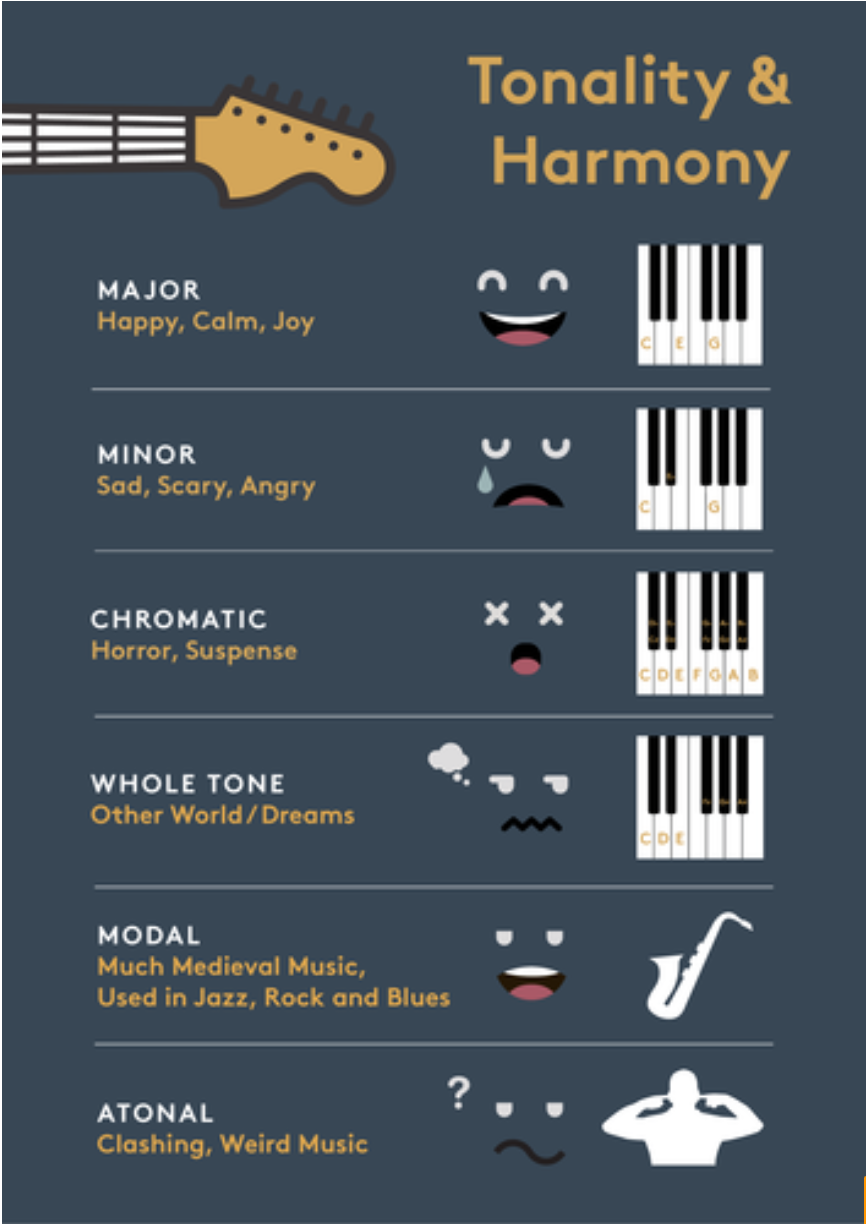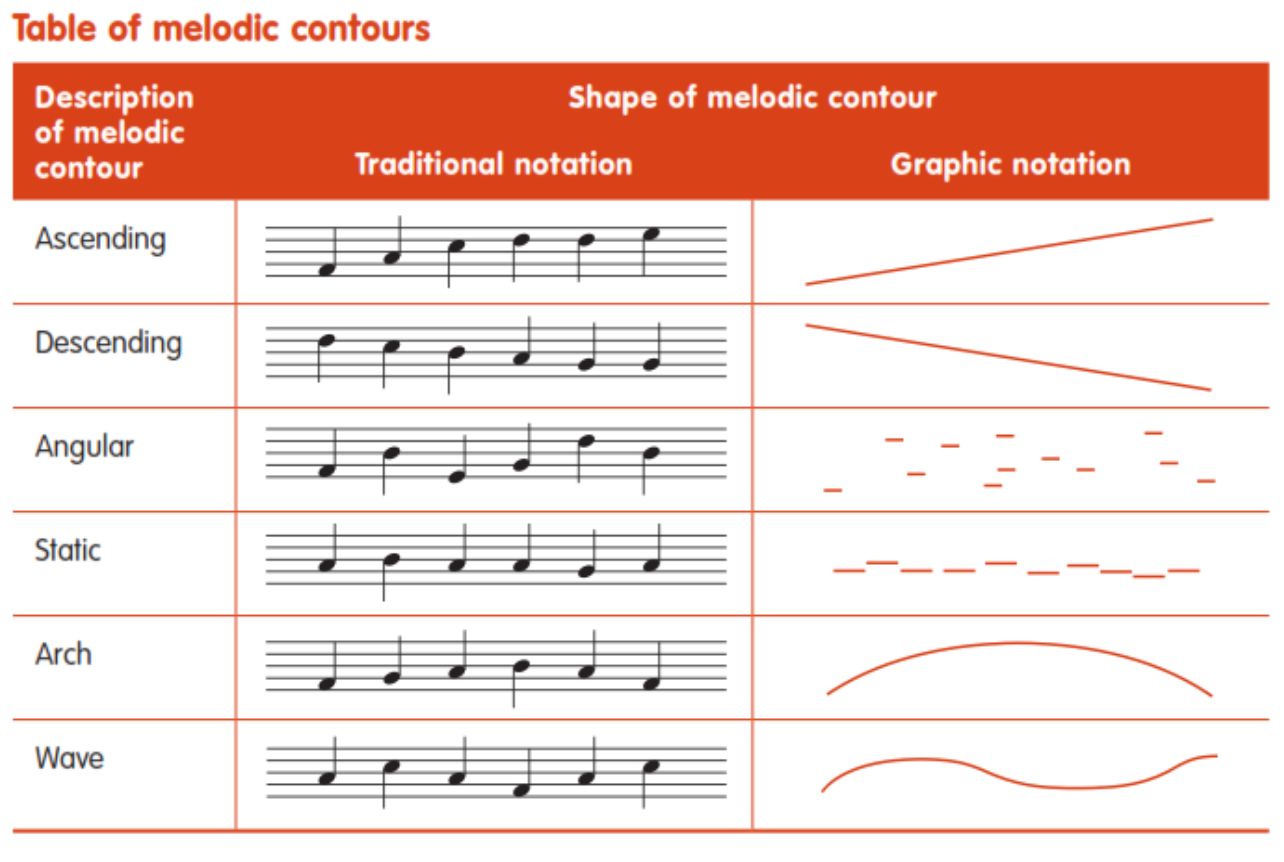Rocking your brand: how music can influence brand perception
Relevant topics Research, Archive
Can music make or break a brand's image? It might. In fact, over 90% of TV and radio ads contain little to no words, heavily relying on music to communicate their message.
A recent study bridging marketing, musicology, and cognitive psychology sheds light on the answer. The findings provide valuable insights into the role of music in branding and highlight the importance of specific musical characteristics in shaping consumer perceptions.
The hidden power of music on brand perception
Music is a universal language that resonates with everyone. It has an omnipresence in our daily lives and shaping our moods. In the world of marketing, music has been recognized as a powerful tool that can significantly impact consumer responses. However, while research on communication and branding has extensively explored visual stimuli, the auditory dimension of communications remains relatively uncharted territory.
A growing body of research has revealed intriguing insights about how different music characteristics can affect perceptions of marketing stimuli. For instance, high-pitched melodies can make marketing stimuli appear more exciting, while low pitches make marketing messages more abstract and make products seem larger.
Moreover, the tempo, and rhythm of music can also evoke specific consumer responses. Fast-paced music triggers thoughts of cheerfulness, excitement, and energy, while firm rhythms can make food products seem saltier and sourer. Even the volume and genre of music can sway consumer perception, with loud music inducing positive feelings and rock or electro music making brands appear more modern.
But what about the effect of music contour and tonality?
Increasing brand innovativeness through disfluency
The effects of music contour (melody) and tonality (harmony) on consumer perceptions remained largely unexplored in the past. However the latest study suggest that there is some untapped potential in those two music characteristics.


Music contour and tonality have the power to induce specific impressions or meanings. One strong psychological mechanism behind this is perceived music disfluency: how easy or hard music is to process. Essentially, music pieces that are easier to process have a regular contour or stable tonality. They tend to be perceived as more familiar. When music has rather unconventional structures like an irregular contour or unstable tonality, they cause sort of a disfluency in our brain. It’s not what we are used to, so it’s harder to process. But these sort of music pieces are also seen as more novel. As novelty is often associated with innovativeness, this suggests that music pieces with an irregular contour or unstable tonality could enhance perceptions of brand innovativeness. And it’s contour and tonality that have that positive effect, the music genre doesn’t effect the perception of innovativeness.
However this effect is a dual sword. When music is perceived as more disfluent and therefore as more innovative, it can have a a negative impact on brand evaluations, probably because it costs our brain more effort to process it. But this negative impact can be mitigated by providing brand information on how other consumers perceive or evaluate the brand.
By examining the characteristics of music pieces and their perceived fluency, the study reveals that irregular contour and unstable tonality (think unpredictable melodies and harmonies) can heighten perceptions of brand innovativeness, while music disfluency can have a negative impact on brand evaluations. These findings provide valuable insights into the role of music in branding and highlight the importance of specific musical characteristics in shaping consumer perceptions. This means that if your brand wants to come across as cutting-edge and innovative, choosing music with these characteristics could help boost that image.
Shaping brand or product perception in advertising
Thus, the study found that music can make or break a brand's image. Music with an irregular contour or unstable tonality can make a brand appear more innovative, but it can also create a sense of discomfort in listeners, leading to negative brand evaluations. On the other hand, music with a regular contour or stable tonality can have the opposite effect, making a brand appear less innovative but more likable and approachable. Popular music tends to maintain some level of tonal stability and regular contour to keep the music accessible to a broad audience. While avant-garde or contemporary classical pieces create disfluency on purpose.
If a brand wants to promote a new product as cutting-edge, innovative and exciting, they might use music with an irregular contour or unstable tonality to create a sense of excitement and anticipation. An example is the Dyson Airwrap commercial using a music piece that creates a bit of perceived disfluency by its changing contours and tonality: https://www.youtube.com/watch?v=3uCWL0EoDm0. But also a soft drink brand like Mountain Dew plays with music to create excitement and a sense of novelty. A golden oldie is their Super Bowl 2000 ad using Queen’s Bohemian Rhapsody, a song known for its constantly changing melodic contour, tone and key. https://www.youtube.com/watch?v=C1VsJcM22RQ
However, if a brand wants to promote their reliability and trustworthiness, they might choose music with a regular contour or stable tonality to create a sense of familiarity and comfort. Like Klarna did with their ‘Smoooth’ ads: https://www.youtube.com/watch?v=gKyWej-E2DA
The music they used is as easy to process and as smoooth as the the visuals in the video, creating a comfortable feeling.
Or if you’re a brand that wants to highlight your innovativeness, but also make people feel like your products are famliar and a great fit for daily live, you can play with the music and brand information. Just like Volkswagen did in this commercial for their new ID.7 electric car: https://www.youtube.com/watch?v=V0sgtolVTxs
They use the song Colors by Black Pumas, a song with regular contour and stable tonality to create a happy vibe, a sense of ease and familiarity, but they increase their perception of innovativeness by using text overlays that give brand information about the new car features.
Take-home points
In conclusion, the characteristics of music play a significant role in shaping consumer perceptions and influencing marketing outcomes. By understanding and harnessing the power of music, marketers can create more effective and impactful marketing strategies. Whether it's choosing a high-pitched melody to add excitement to a campaign or using music with an irregular contour to convey a sense of novelty and innovation, the right tune can make all the difference in striking a chord with consumers.
Keep these insights in mind when thinking about music for your branding or next campaign:
- If a brand wants to appear innovative, you could consider using music with an irregular contour or unstable tonality. This type of music will create a sense of unpredictability and edginess, which aligns with the brand's innovative image.
- If a brand wants to enhance its overall image, you could choose music with a regular contour or stable tonality. This type of music creates a sense of stability and familiarity, which can boost positive brand evaluations.
- It is important to note that manipulating music contour and tonality is not a magic solution for boosting brand perceptions. Negative effects of music can still occur, but these can be mitigated by including specific information in brand communications. For instance, when conveying information about brand innovativeness, music with a regular contour and stable tonality leads to increased brand evaluations without damaging perceptions of brand innovativeness (like the Volkswagen ad).
Still, you always must look for a balance. Because music that creates too much disfluency is going to generate too many negative emotions and have a negative effect on brand perception. Like the music piece Black Angels by George Crumb. A song used in movies like The Exorcist and Insidious: https://www.youtube.com/watch?v=bo396oD_wG0
